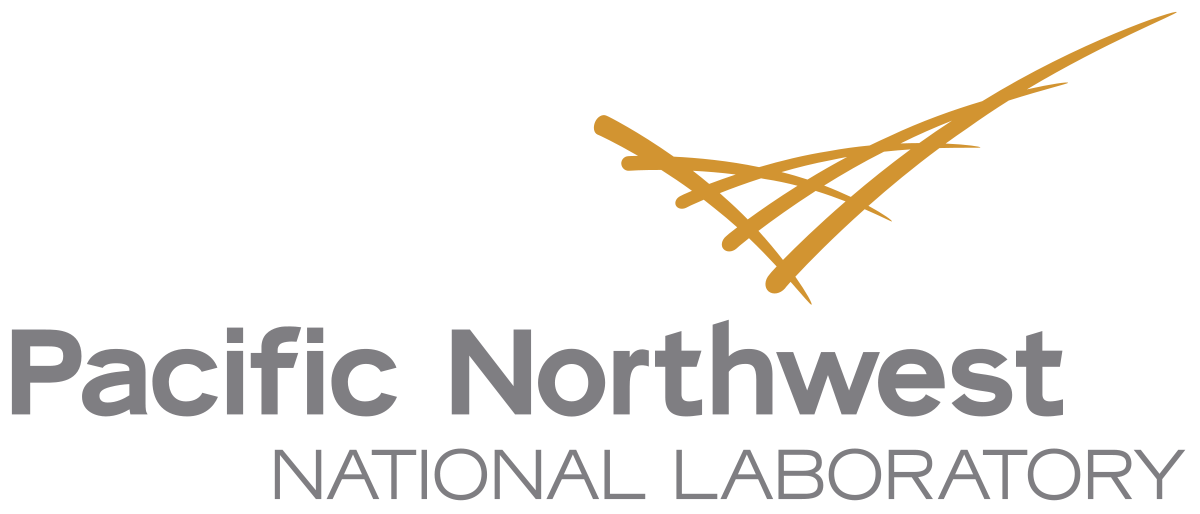PNNL: Bringing Out the H-BEST in Buildings
The U.S. Department of Energy’s Federal Energy Management Program (FEMP) and a research team at Pacific Northwest National Laboratory (PNNL) have recently released the Healthy Buildings and Energy Support Tool, known as H-BEST.
H-BEST was developed through a partnership between FEMP, PNNL, and the U.S. General Services Administration (GSA). The tool analyzes the indoor environmental quality (IEQ) profile for buildings and helps its users identify the costs and benefits of improvements that contribute to better air quality, thermal comfort, and lighting.
H-BEST is the first customized resource of its kind and can help speed up the adoption of IEQ improvements. The tool’s target users include office building owners, managers, and operators, as well as energy and sustainability managers.
“In buildings, energy efficiency and occupant health have often been viewed as competing priorities. However, many modern building system solutions can improve efficiency and occupant health at the same time,” said Kevin Keene, a PNNL researcher. “Ultimately, this tool is about integrating health considerations with energy efficiency in the decision-making process.”
The toolkit helps achieve the federal government’s vision for modern and sustainable infrastructure that supports occupant well-being. As the nation continues to evolve in a connected, data-driven world, optimizing the indoor built environment for human performance will arise as a key indicator of smart, contemporary buildings.
“On average, employers spend $3 on utilities, $30 on rent, and $300 on payroll per square foot per year. Therefore, small gains in employee productivity can yield large financial impacts,” said Erik Mets, a building research engineer at PNNL. “H-BEST allows anyone seeking to improve their space the ability to tap into an entirely different order of magnitude of cost impacts, vastly improving the financial viability of an IEQ improvement measure.”
H-BEST design is all about user access
“Our focus has been on developing an accessible, low-burden resource for healthy building support,” Keene said. “A building owner certainly could hire a consultant or pursue building certification programs to gain IEQ insights; however, those paths can be costly. H-BEST was designed to strike a balance between providing a good, usable point-of-entry for people and delivering comprehensive information.”
H-BEST is an Excel-based tool that allows users to input both building and occupant data and receive an automated IEQ analysis to identify targeted improvement measures. H-BEST is accompanied by a guide to assist users in collecting IEQ data, including metrics for air quality, thermal comfort, and lighting. The tool includes a friendly “Butler” pop-up function that serves morsels of helpful information and tips.
Office buildings
H-BEST is targeted to users who include office building owners, managers, and operators, as well as energy and sustainability managers. (Photo by Arina P. Habich | Shutterstock.com)
Although IEQ data is the only required input, Keene said the tool urges users to collect and enter other types of information. For example, conducting an occupant survey can provide key information about the amount of time occupants spend in the building, current workspace satisfaction, and other factors. H-BEST can use this data to refine the analysis to provide more customized improvement recommendations. Additional data, such as average occupant salary, can help assign a monetary value to worker productivity improvements due to a healthier environment.
Once all data has been submitted in the tool, users select filters to narrow and tailor H-BEST recommendations, which include actions such as installation of overhead LED lighting, adjustment of building temperature setpoints, and application of demand-controlled ventilation and air humidification. “We have approximately 60 recommendations in the tool, ranging from simple and low-cost to more complex, so we want users to receive the information most useful to them,” Keene said.
H-BEST currently models office buildings; however, developers are working to expand the tool to include health care facilities.
Constructing H-BEST
H-BEST went online in April 2021 after a three-year development and field validation effort.
That development started with a literature search of the latest advances in the field, which prompted Keene and colleagues to think about the best methods for creating a relevant and useful tool. Next, the researchers began brainstorming a framework, determining IEQ collection techniques, establishing building baselines and methods to calculate improvement potential, and obtaining GSA colleagues’ review and input along the way.
The tool was tested in two office buildings on the PNNL campus in Richland, Washington, and a GSA-owned facility in Fort Worth, Texas. “Over time, we learned a lot about data collection and how to improve the tool, and we will continue to enhance and streamline its capabilities,” Keene explains.
Additionally, a virtual analysis was conducted with data from four GSA buildings. “The tests really showed that the tool could help identify and prioritize improvements to building design and operations that enhance the health, comfort, and performance of our building tenants,” said Brian Gilligan, a high-performance buildings expert at GSA. “Together with our Total Workplace Scorecard, we hope to use the H-BEST tool at a dozen GSA locations across the country next year to show our project teams where it makes the most sense to act.”

